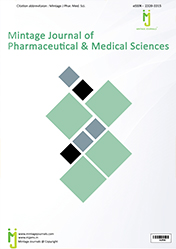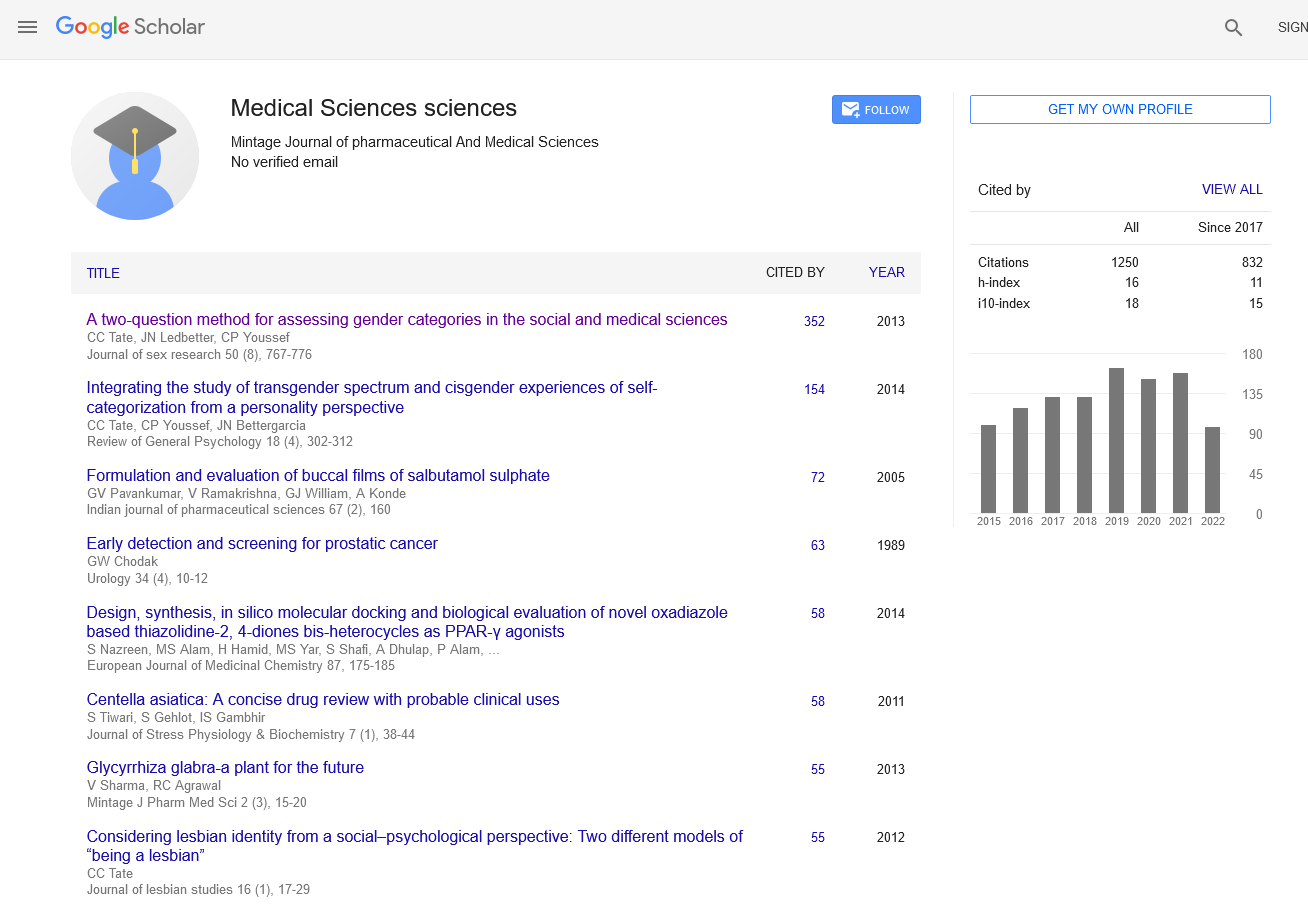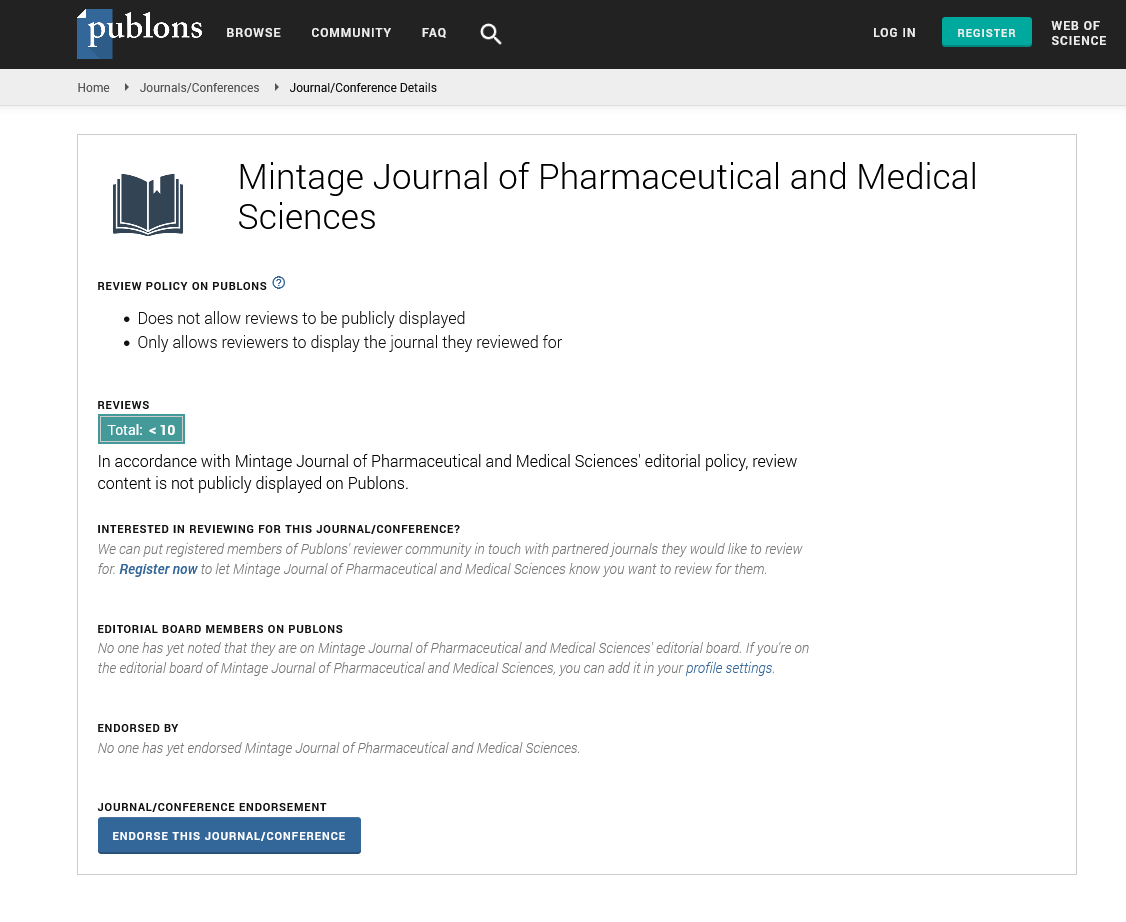Abstract
ASSOCIATION BETWEEN LATENT AUTOIMMUNE DIABETES OF ADULTS (LADA) IN TYPE II DM IN IRAQ WITH Helicobacter pyloriINFECTION
Author(s): AIF A. MAKALAF*1, ORUBA K. ABBAS2, MEDIAN A. HUSSEIN
Background:Latent autoimmune diabetes in adults (LADA) accounts for 2%-12% of all cases of diabetes. Patients are typically diagnosed after 35 years of age and are often misdiagnosed as type IIDiabetes Mellitus (DM). Glycemic control is initially achieved with sulfonylureas but patients eventually become insulin dependent more rapidly than with type IIDM patients. Although they have a type IIDM phenotype, patients have circulating beta (β) cell autoantibodies, a hallmark of type IDM. Alternative terms that have been used to describe this condition include type 1.5 diabetes, latent type Idiabetes, slowly progressive Insulin Dependent Diabetes Mellitus, or youth onset diabetes of maturity. With regards to its autoimmune basis and rapid requirement for insulin, it has been suggested that LADA is a slowly progressive form of type IDM.Objective:Theobjective of the present study was to evaluate the ratio of Latent Autoimmune Diabetes of Adults (LADA) patients among Iraqi type II DM, To quantify the association between H. pylori infection and(LADA) patients and To detection of H. Pylori IgG and detection of its virulence factors (anti-CagA and anti-VacA) and which of them is more prevalence with H. pylori positive samples.Methods:A total of 350 patients with type II DM admitted to National Diabetes center of AL-Mustansiriyah University/ Al-Yarmouk/ Baghdad. Blood sample where collected from 350 patients and serum sample collected from these patients and 40 healthy persons. Radioimmunoassay technique using to identify the C-peptide serum levels of these patients, ELISA technique for detection of anti-GAD65, anti-H.pylori IgG, anti-CagA and anti-VacA, also the Blood HbA1c concentration were measured.Results:Thediagnosis of LADA patients was based on clinical findings, immunological and chemical analysis of blood. Fifty-seven of patients were have low C-peptide serum level, from which, 40 patients were have autoantibody to Glutamic Acid Decarboxylase (Anti-GAD65 Ab) diagnosed as LADA patients and the other seventeen patients as classical type II (positive control).The mean C-peptide level in patients with LADA was 0.30 ng/ml, 1.94 ng/ml in control and 3.15 ng/ml in classical type II. It is clear from the range of serum C-peptide level that there are no overlapping values seen for serum C-peptide in groups. Conclusion:SerumC-peptide levels can be used in the early diagnosis of LADA patients; Also Anti-GAD65 is more valuable marker than the other predictive marker. Similarly, they may be may be useful in differential diagnosis among types of diabetes to assess treatment efficacy.

ISSN: 2320-3315
ICV :81.58

